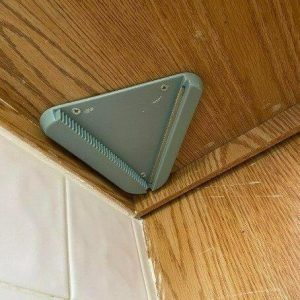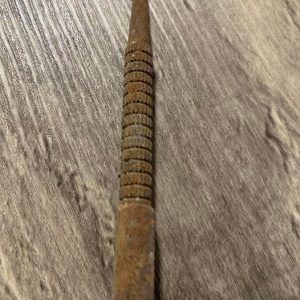When it comes to household chores, cleanliness and hygiene take top priority, particularly in the bathroom, where germs can proliferate if not properly controlled. The toilet brush, an indispensable tool for maintaining a spotless lavatory, can itself become a haven for bacteria and fecal matter. This raises an important question: how do we ensure that our toilet brushes remain as sanitary as possible?
A suggestion that tends to surface is to clean the toilet brush in the dishwasher, but is this a safe and effective method? In this article, we’ll explore the intricacies of this practice and establish guidelines for maintaining a hygienic environment in your home.
Understanding the Risks
1. Cross-contamination:
The primary concern with placing a toilet brush in the dishwasher is the risk of cross-contamination. Dishwashers are designed to clean kitchenware that comes into contact with food. Introducing a toilet brush could potentially spread harmful bacteria to plates, utensils, and cooking equipment.
2. Ineffectiveness:
Dishwashers may not reach the high temperatures required to kill all the bacteria present on a toilet brush. While the hot water and detergent are effective against typical food residue, they might not eradicate all pathogens found in fecal matter.
3. Damage to the appliance and brush:
Toilet brushes are made of materials that may not withstand the dishwasher’s environment. The heat and intense water pressure could deform the brush or damage the appliance’s internal components.
Alternative Cleaning Methods
1. Bleach solution:
One of the most effective ways to disinfect a toilet brush is to soak it in a bleach solution (1 part bleach to 6 parts water) for an hour, then rinse thoroughly and let it dry completely.
2. Hydrogen peroxide:
Hydrogen peroxide is a household disinfectant that can be used similarly to bleach. Soak the brush and then rinse well.
3. Vinegar and baking soda:
For a more natural approach, soaking the brush in a mixture of vinegar and baking soda can help disinfect and remove odors. This should be followed by a thorough rinse.
Guidelines for Toilet Brush Care
1. After each use, allow the toilet brush to dry completely before placing it back in its holder.
2. Clean and disinfect the toilet brush regularly using the alternative methods mentioned above.
3. Replace your toilet brush at regular intervals or if it shows signs of wear and tear.





